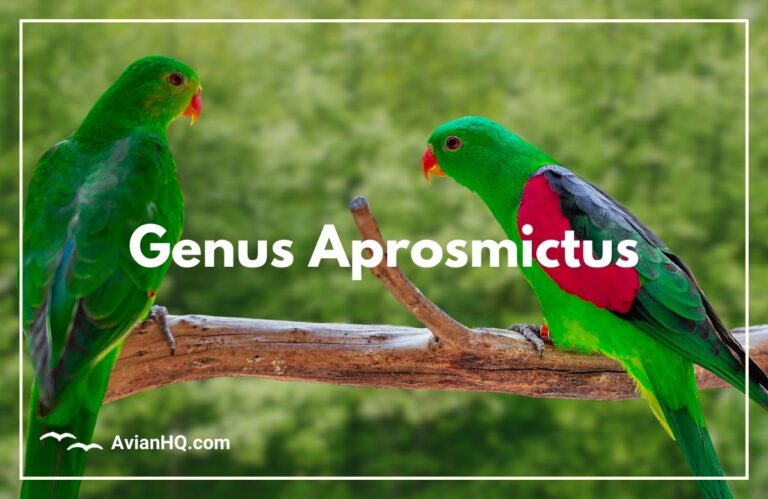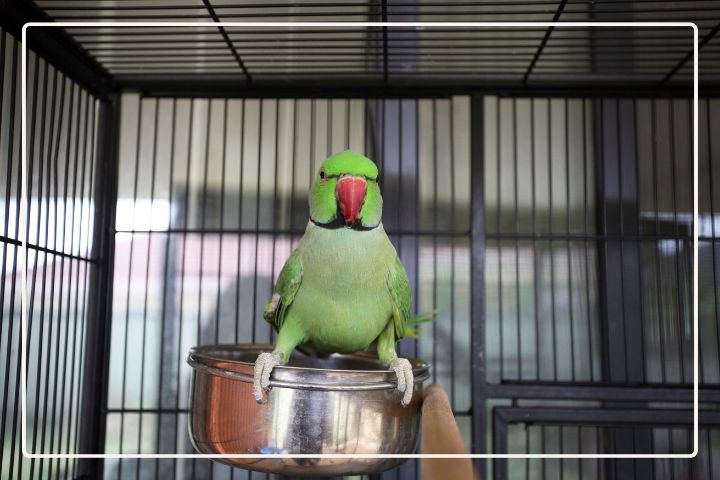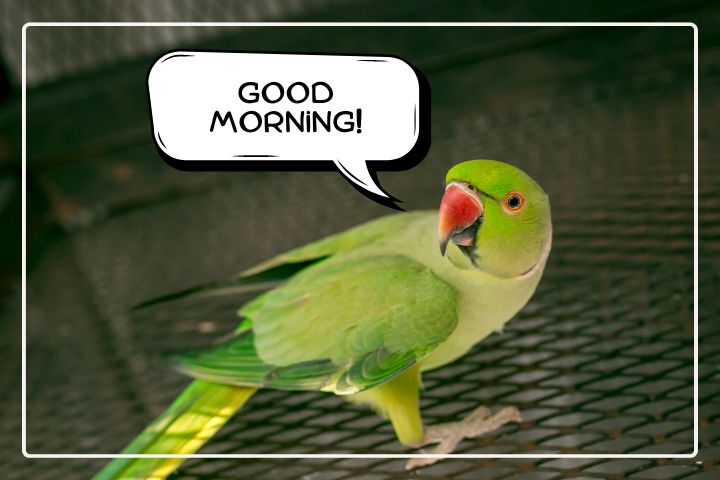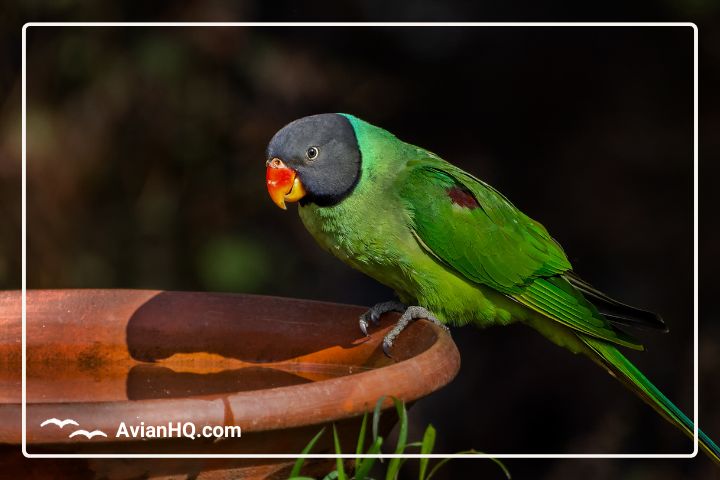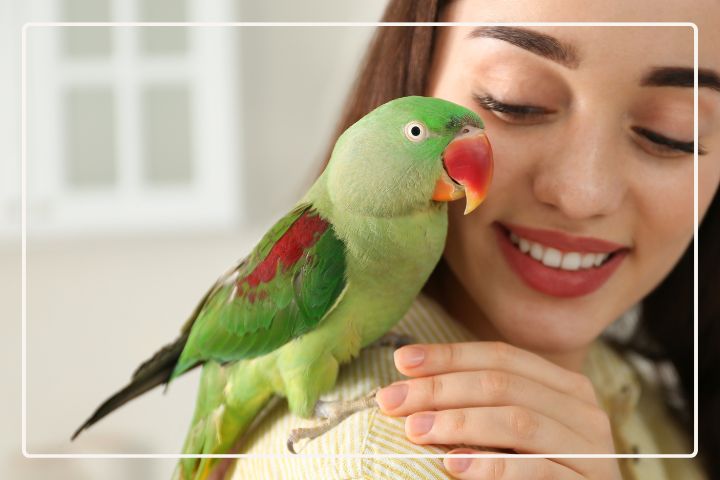Genus: Eclectus
The parrot family Psittaculidae contains over 350 species, displaying a stunning array of colors, sizes, and behaviors. Nestled within this diverse family is the genus Eclectus, comprising some of the most distinctly colored parrots on Earth.
“The brilliant hues of Eclectus parrots have captivated people for centuries. Their unusual reversed sexual dimorphism continues to fascinate scientists and hobbyists alike.”
Native to the islands of Indonesia, Papua New Guinea, and the Solomon Islands, Eclectus parrots showcase a trait found in few other birds – brightly colored differences between males and females. This reversed sexual dimorphism results in vivid green males and vibrant red and purple females in some species.
The Eclectus genus currently contains 4 recognized species. While fairly closely related, each species possesses distinct sizes, calls, and feather colorations. Sadly, habitat destruction and capture for the pet trade have pushed several Eclectus species into endangered status. One species, the Oceanic Eclectus, has even gone extinct.
In this article, we will spotlight a few Eclectus species, get to know their behaviors and intelligence, explore their cultural significance, and outline the conservation efforts needed to protect these captivating parrots.
Species Spotlights
Moluccan Eclectus Parrot (Eclectus roratus)
The Moluccan Eclectus Parrot is native to the Maluku Islands of Indonesia. With vibrant green males and crimson females, it is one of the most colorful Eclectus species. Growing up to 18 inches (45 cm) long, the Moluccan is a popular pet species. However, habitat destruction and trapping for the pet trade have reduced it’s numbers, leading the IUCN to classify it as Endangered.
Sumba Eclectus Parrot (Eclectus cornelia)
Endemic to the small island of Sumba in Indonesia, the Sumba Eclectus Parrot is one of the rarest parrot species. Slightly smaller than it’s Moluccan cousin at 14 inches (35 cm) long, it possesses the same striking colors. With less than 600 individuals remaining in the wild, this species is Critically Endangered. Deforestation has destroyed much of it’s lowland forest habitat.
Tanimbar Eclectus Parrot (Eclectus riedeli)
The Tanimbar Eclectus Parrot inhabits the Tanimbar Islands of Indonesia. The male’s plumage has more yellow-orange tones compared to other Eclectus species. Trapping for the pet industry and ongoing habitat loss place this species at Endangered status. Likely around 1,000-2,500 Tanimbar Eclectus Parrots exist in the wild.
Papuan Eclectus Parrot (Eclectus polychloros)
Native to New Guinea and nearby islands, the Papuan Eclectus Parrot is the largest Eclectus species, with a heavier bill and body size up to 22 inches (55 cm). While still common in some regions, habitat loss and poaching have led to population declines. The IUCN lists this parrot as Near Threatened.
Oceanic Eclectus Parrot (Eclectus infectus) – Extinct
Formerly found across the Solomon Islands and Vanuatu, the Oceanic Eclectus Parrot went extinct in the early 1900s due to overhunting and deforestation. Now only known from a few museum specimens and historical accounts, it’s extinction serves as a warning about the fragility of Eclectus parrots.
Behavior and Intelligence
Eclectus parrots display complex behaviors that reveal their advanced intelligence. They are highly social, forming lifelong monogamous bonds and nesting in tree hollows.
Mates engage in “allopreening”, gently grooming each other’s heads and necks to strengthen pair bonds. Their loud calls, often described as repetitive screeches, help pairs communicate over long distances.
In captivity, Eclectus parrots are adept problem solvers, using their nimble beaks and tongues to access well-hidden treats. Their need for enrichment means pet Eclectus require plenty of toys and training exercises. Wild Eclectus have shown similar abilities, using sticks and bits of leaves as tools to scratch hard-to-reach areas.
With brains as big as macaws relative to their 16-20 inch (40-50 cm) bodies, Eclectus rank among the most intelligent of all parrots. Their learning capacity and social nature make them responsive pets, though their loud vocalizations may be a downside. Overall, Eclectus showcase the advanced behavioral traits and cognition that make parrots unique among birds.
Cultural Significance
Eclectus parrots have long featured in the myths, lore, and cultural practices of indigenous peoples across Melanesia.
The unusual reversed sexual dimorphism of Eclectus species features prominently in creation stories from the Solomon Islands and New Guinea. According to some tribes, the contrasting colors represent dualistic forces in the universe.
“The red female and green male were powerful symbols in the mythology of native cultures where Eclectus parrots live.”
Eclectus feathers, heads, and other body parts have traditionally been used to create ceremonial headdresses, jewelry, and clothing among local tribes. The Sumba people of Indonesia still craft elaborate outfits adorned with Eclectus plumes for important events.
Gift exchanges using live Eclectus parrots helped cement political and social alliances among villages and tribes. The birds’ brilliant colors, intelligence, and value as sources of feathers made them highly prized. This cultural significance underscores the importance of protecting Eclectus populations.
Threats and Conservation
Unfortunately, a multitude of threats face wild Eclectus populations today.
- Deforestation for logging, palm oil plantations, and agriculture removes crucial rainforest habitat.
- Trapping for the exotic pet trade decimates local populations, especially females prized for their bright plumage.
- Invasive species like snakes, monitor lizards, rats and cats compete with Eclectus for nest sites and resources.
- Climate change alters habitats and food availability as temperatures and precipitation shift.
Conservation efforts prioritize several key actions:
- Habitat protection through the creation of preserves and halting rampant deforestation. Safeguarding rainforests allows Eclectus numbers to recover.
- Anti-poaching patrols to curb trapping for the illegal pet trade. This helps keep populations stable.
- Responsible aviculture where captive breeding boosts numbers of endangered species. But tight regulations are needed to prevent smuggling.
- Research on Eclectus behavior and populations to pinpoint conservation priorities. Each species has different needs.
“The fate of the Oceanic Eclectus serves as a sobering reminder – all Eclectus species are at risk without active habitat and species protections.”
Though challenges remain, dedicated conservation work offers hope of a brighter future for these colorful parrots.
Conclusion
Eclectus parrots represent a unique branch of the parrot family tree. Their reversed sexual dimorphism and brilliant plumage dazzle scientists and bird enthusiasts alike.
The nine Eclectus species possess distinct sizes, vocalizations, and feather colors – but all share social behaviors, intelligence, and skillful flying abilities. Tragically, the extinct Oceanic Eclectus offers a sobering lesson on the fragility of these special birds.
Today, habitat destruction and trapping for the pet trade have left several species Endangered or Critically Endangered. Protecting remaining rainforest ecosystems is crucial for stopping population declines. Limiting the illegal pet market while supporting responsible aviculture can help species recover.
There is still much to learn about the biology and conservation needs of each Eclectus species. As human activities continue to threaten the parrots, researchers must fill knowledge gaps to implement successful protections.
With dedication and care, we can ensure Eclectus parrots continue delighting future generations with their captivating beauty and behaviors for years to come. The time to act is now.



